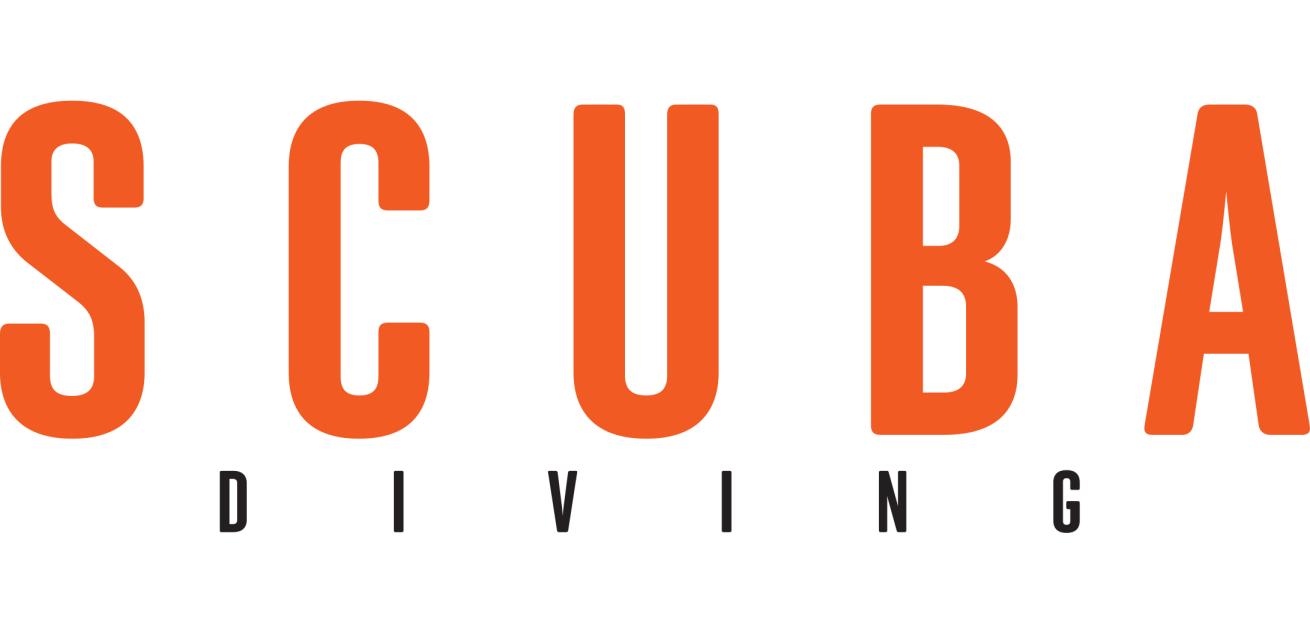How to Pitch to Scuba Diving Magazine

Scuba Diving magazine is always accepting pitches.
Before sending in your pitch, make sure we have not covered the story recently.
Our staff acknowledges that the perspectives of women, BIPOC and LGBTQ+ communities have been historically underrepresented in dive media, an imbalance we are committed to changing. To ensure we capture the full spectrum of diving experiences, and make scuba more inclusive to all, Scuba Diving would especially like to highlight the voices and experiences of these divers.
To submit a story for consideration, please kindly fill out the form available at this link.
The stories we publish generally fall into the following categories:
Travel
Personal dive narratives, round-ups, dive guides and trip tips. Strong preference is given to stories with a specific hook, angle or narrative arc, and interesting characters, rather than a general destination overview.
- Making Connections While Diving in Southern Japan
- Best Places for Cage Diving With Great White Sharks
News
Timely coverage of conservation advancements, scientific discoveries, dive sites and dive industry news. These quick-turnaround stories give readers a glimpse of recent happenings in the underwater world.
Marine Life/Conservation
Unique dive experiences that revolve around marine animal encounters and dispatches from the forefront of ocean sustainability and aquatic science.
- 6 Animal Encounters to Add to Your Bucket List
- Battling for the Future of Striped Marlin During Mexico's Secret Sardine Run
Gear
Gear roundups, tips, history, trends and innovations.
- How to Clean and Maintain Your Dive Gear
- The Mothers of Invention: A Brief History of the Evolution of Women’s Dive Gear
Training
Whether your story is for new divers, advanced divers or underwater photographers, we want to share tips and tricks for increasing underwater skills.
Photo Essays
Stories told primarily through stunning imagery, highlighting interesting destinations.
What it’s Like
Stories in the first-person or as told to accounts of atypical underwater experiences or careers.
Community and Diver Profiles
Highlighting the interesting, inspiring or plain quirky work of divers around the world.
Have a great, relevant pitch that doesn't fit these categories? Don’t hesitate to run it by us — just let us know why it's worth covering.
Related:









